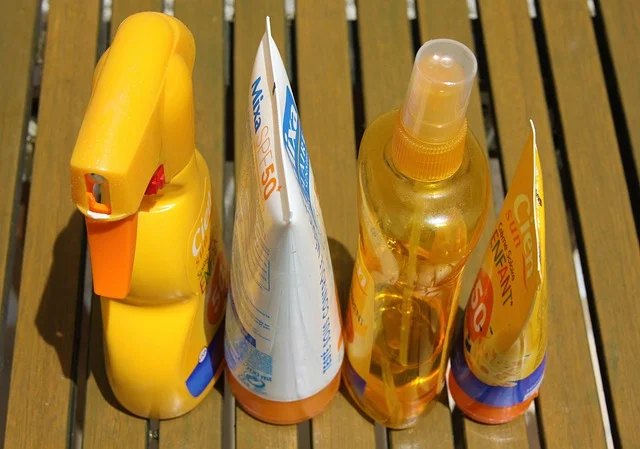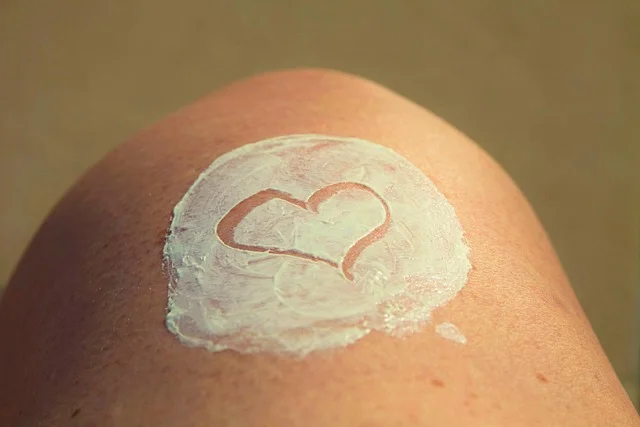Sunscreen and SPF Products: Protecting Your Skin from Harmful UV Rays
Sunscreen and SPF products are essential for maintaining healthy, protected skin and
preventing sun damage. With a wide range of options available, including lotions, creams,
sprays, and sticks, it's important to understand how these products work and how to choose
the right one for your needs. Let's explore the world of sunscreen and SPF products and
learn how they can help you shield your skin from the sun's harmful UV rays.
Understanding Sunscreen: How It Works
Sunscreen works by creating a protective barrier on the skin's surface that absorbs or
reflects UV radiation from the sun. There are two main types of UV radiation: UVA and UVB.
UVA rays penetrate deep into the skin and can cause premature aging, while UVB rays
primarily affect the outer layers of the skin and are responsible for sunburn. Look for
broad-spectrum sunscreens that provide protection against both UVA and UVB rays.
Importance of SPF: Sun Protection Factor
SPF, or Sun Protection Factor, is a measure of how well a sunscreen protects against UVB
rays. The higher the SPF number, the greater the level of protection. For daily use,
dermatologists recommend using a broad-spectrum sunscreen with an SPF of 30 or higher.
However, it's important to remember that no sunscreen can provide 100% protection, so it's
essential to reapply regularly and take other sun protection measures, such as seeking shade
and wearing protective clothing.
Types of Sunscreen Formulations
Sunscreen products come in various formulations, including lotions, creams, gels, sprays,
and sticks. Lotions and creams are popular choices for daily use as they are easy to apply
and provide hydration to the skin. Gels are lightweight and non-greasy, making them ideal
for oily or acne-prone skin. Sprays offer convenient application, especially for
hard-to-reach areas, while sticks are mess-free and portable, perfect for on-the-go
protection.
Water-Resistant Formulas: Ideal for Outdoor Activities
Water-resistant sunscreens are formulated to provide protection while swimming or sweating,
making them ideal for outdoor activities. However, it's essential to note that no sunscreen
is entirely waterproof, and reapplication is necessary after swimming or excessive sweating.
Look for water-resistant sunscreens labeled as "80 minutes" or "40 minutes" to ensure
long-lasting protection during water-related activities.
Choosing the Right Sunscreen for Your Needs
When choosing a sunscreen, consider your skin type, lifestyle, and sun exposure habits. If
you have sensitive skin or are prone to breakouts, opt for fragrance-free and
non-comedogenic formulas. For outdoor activities, choose a water-resistant sunscreen with a
high SPF. Additionally, consider additional features such as tinted sunscreens for added
coverage and mineral sunscreens for sensitive skin.
Daily Sun Protection Routine: Best Practices
Incorporating sunscreen into your daily skincare routine is essential for maintaining
healthy, protected skin. Apply sunscreen generously to all exposed areas of the skin,
including the face, neck, and hands, at least 15 minutes before sun exposure. Reapply every
two hours or more frequently if swimming or sweating. Remember to cover all areas of the
body, including the lips, ears, and scalp, and seek shade whenever possible, especially
during peak sun hours.





